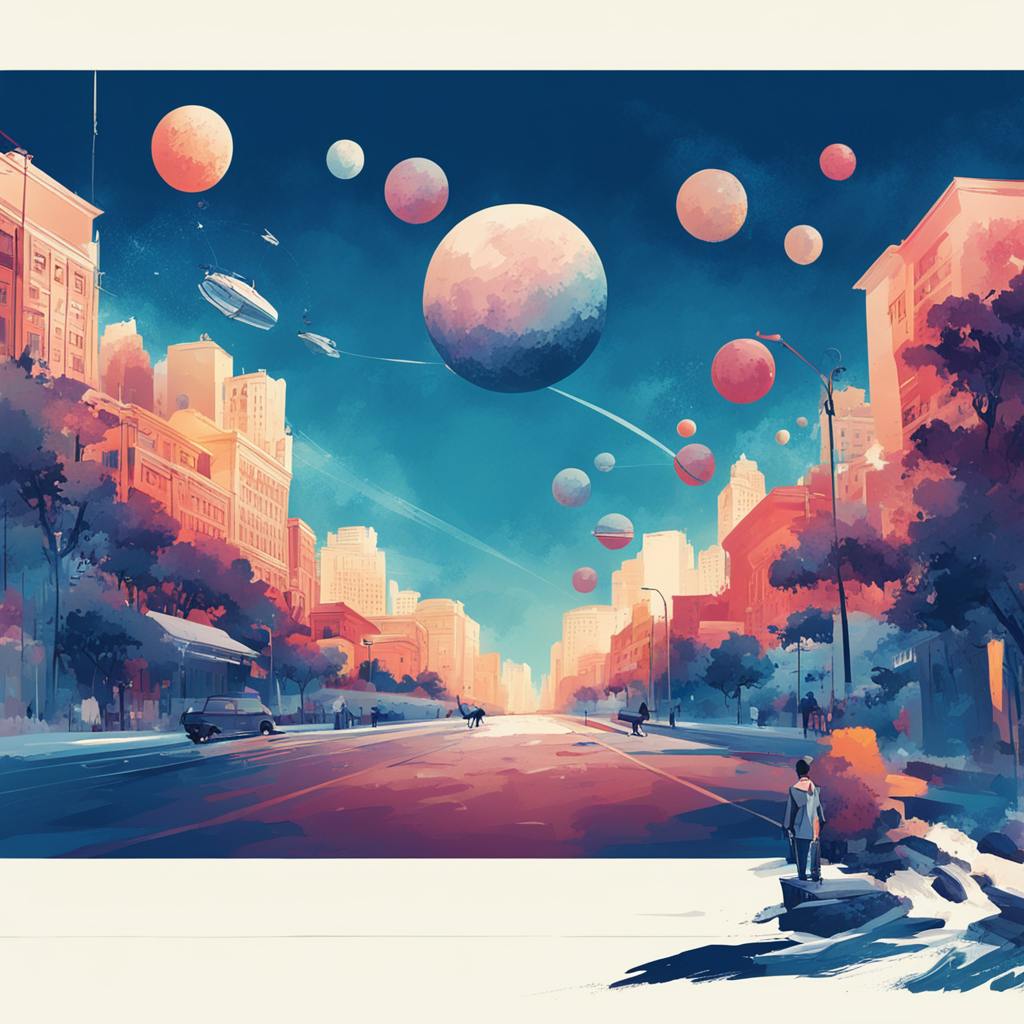Motion Graphics Designer

AI made with Dean Jones
Residing at the captivating intersection of animation and graphic design, Motion Graphics Designers bring static visuals to life. Through their expertise, they craft fluid, dynamic graphics that convey information, tell stories, or add vibrancy to multimedia projects.
Key Responsibilities:
1. Storyboarding: Planning and illustrating the sequence of animations, ensuring coherence with the overarching narrative or message.
2. Animation Development: Creating compelling motion graphics for various platforms, including advertisements, website elements, video intros, and more.
3. Sound Integration: Collaborating with audio specialists to synchronize motion graphics with sound effects, music, or voiceovers.
4. Tool Mastery: Efficiently leveraging software such as Adobe After Effects, Cinema 4D, or Autodesk Maya to produce high-quality animations.
Skills and Qualifications:
- Artistic Talent: An innate understanding of aesthetics, including color theory, typography, and visual hierarchy.
- Technical Acumen: A deep proficiency with animation and graphic design software.
- Creativity & Innovation: The ability to envision and craft unique animations that resonate with the target audience.
- Time Management: Meeting project deadlines without compromising on the quality of the output.
Educational Requirements:
While many Motion Graphics Designers have degrees in Animation, Multimedia Design, or a related field, evolving online resources and tools have made self-learning a viable path. Regardless of education, a portfolio showcasing a variety of motion graphics projects is crucial.
With the increasing demand for video content in today's digital age, Motion Graphics Designers play a pivotal role. They enrich multimedia content, making it more engaging and memorable for viewers. Their contributions, often behind-the-scenes, shape how brands communicate, stories are told, and information is shared in our visually driven world.